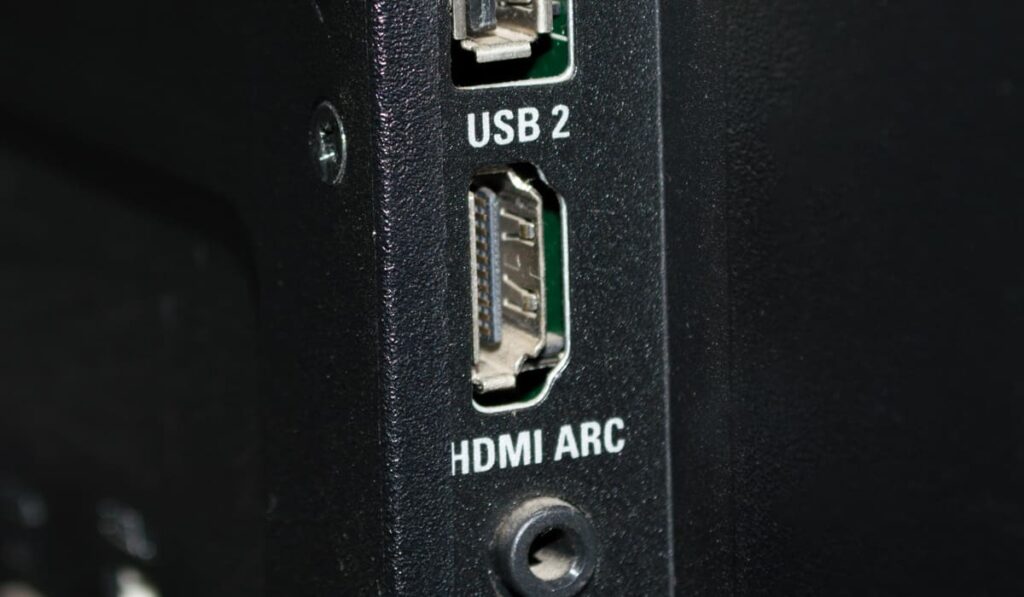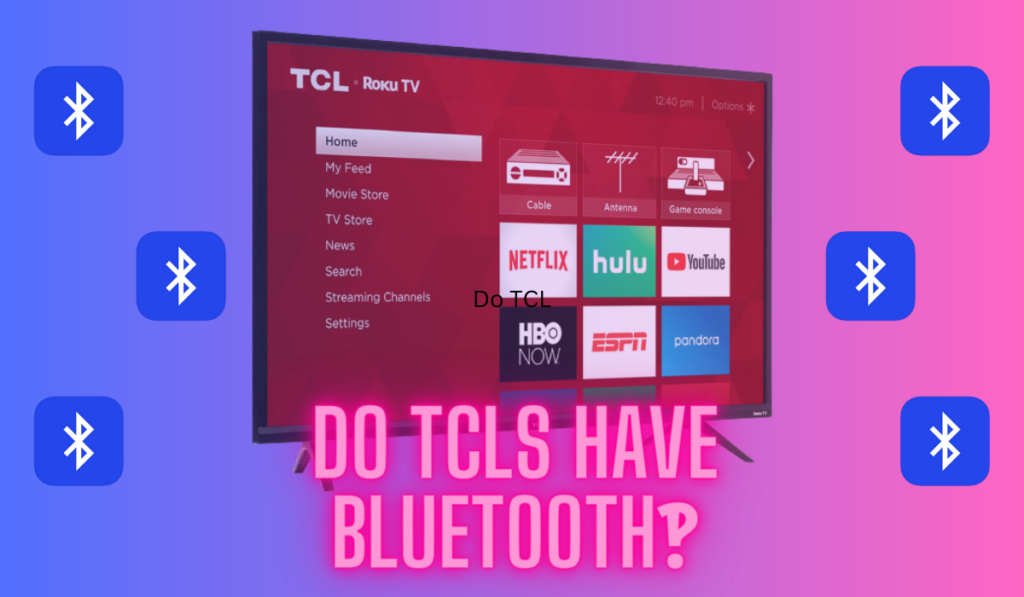There are numerous ways in which you can have your TV recognize the soundbar. Most methods will be fully up to the soundbar capabilities, but I’ll cover the most universal ways to get the job done. In no time you’ll be enjoying the crisp and clean sound the soundbar was meant to deliver.
To get your TV to recognize a soundbar, you must connect the output on the TV to the input of the soundbar, then modify the audio output settings on your TV to match. You can connect the TV and soundbar using HDMI ARC, a digital optical cable, AUX, or by using Bluetooth if the feature is available.
Considering which of these options will be best for you isn’t a hard decision to make or a long process to get set up, but it’s important to choose the right option for your circumstances. Using HDMI ARC, a Digital Optical cable, AUX, or Bluetooth all have some downfalls or shortcomings, so let’s weigh the options.
Different Methods for Connecting a TV and Soundbar

With the progression of technology, we’ve seen some amazing improvements to the sending and receiving of audio with precision. One of the best options is by connecting an HDMI cable from the TV’s HDMI ARC port to the HDMI ARC port on the soundbar.
HDMI ARC is able to support audio codecs like Dolby Digital Plus, Dolby Atmos, and up to 7.1 channels of uncompressed audio. This will allow you to have excellent audio performance with no delays or hiccups.
The only downsides are cable management and the occasional lip-sync issues. By choosing this option, you won’t always be able to avoid wires hanging down. Especially if you have a TV that is mounted. And you’ll need to sometimes troubleshoot the audio delay, but even after weighing the options, I still find that HDMI ARC is the best method.
Digital Optical is also a very good option for some existing sound systems that haven’t adapted to HDMI ARC yet. If that is the case, then digital optical will be clearly better than using AUX or Bluetooth.
It’s an affordable option that works very well too. Digital Optical has been around for a long time and this option won’t disappoint either. There will not be any audio lag with Digital Optical like you can get with other methods and does a great job of staying in sync.
AUX is the last option you should choose out of these different methods. AUX only supports 2 channels of audio which can seriously limit the capabilities of just about any soundbar.
It’s effective in working without lag, but the only time you want to use an AUX input to connect a soundbar and TV is when there is no other option (which is unlikely).
Bluetooth is another popular option. By using Bluetooth you take away the need for cable management and you’ll have a worry-free and clean-looking entertainment system.
Unfortunately, there is not much more to it. The audio streaming quality is going to be significantly lower than using HDMI ARC. You’ll very likely experience lip-sync issues that cannot be solved in any way.
How to Get Your TV to Recognize and Use your Soundbar

As soon as you have the TV connected to the Soundbar using any of the above methods, you sometimes must configure the audio output settings to get it to work properly.
- Either using the TV remote or the TV buttons, navigate to the Audio Settings.
- Find the Audio Output option and change it to the method you connected the two devices. (HDMI ARC, Digital Optical, AUX, etc.)
NOTE: If using HDMI ARC, make sure HDMI CEC is enabled in the settings. This is sometimes located under the Audio or System settings.
What To Do if Your Soundbar Still Isn’t Working?
If you have tried all of the above tips and it is still not connecting, you'll have to begin the troubleshooting process. Thankfully, you can take a few steps to try and solve this problem, and many of these tips will help ensure that you didn't miss anything during the setup.
Even though most soundbar systems will be very straightforward to set up, the manual that comes with your soundbar should walk you through strategic troubleshooting steps.
Some of the steps you can take if your soundbar isn't working are the following:
- Disconnect and reconnect the cables.
- Make sure the sound is turned up and not muted.
- Power cycle all devices.
- Veirfy the audio output setting on your TV one more time.
- Check the manual to see if you are missing anything.
If there are any further problems, refer to the following article to troubleshoot HDMI ARC issues. This article details how to do an HDMI refresh and goes over a few other tips for fixing HDMI ARC related issues.





